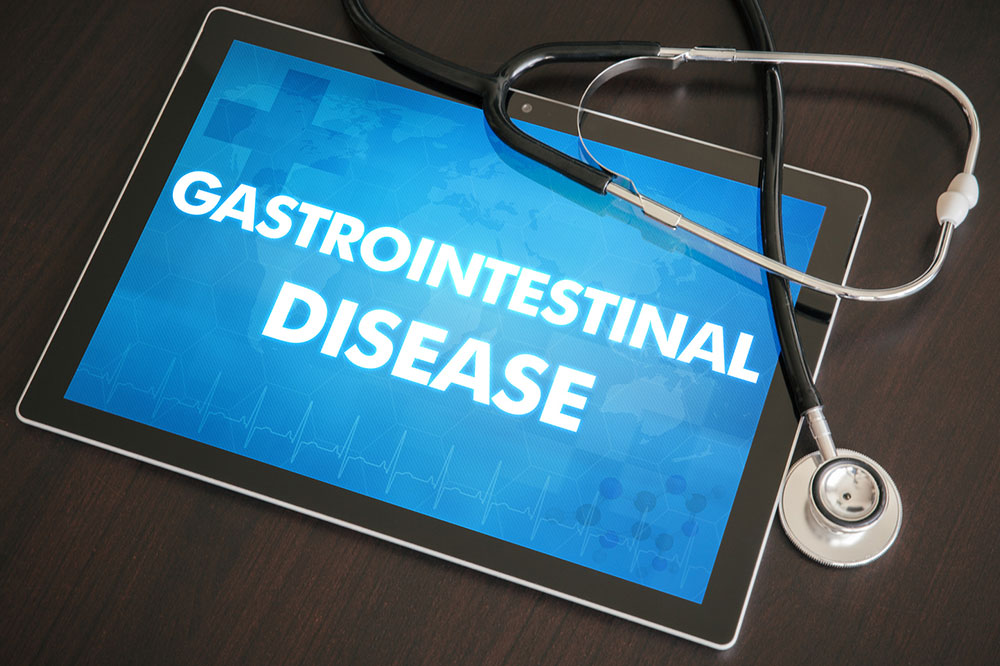Understanding GIST: Causes, Risks, and Prognosis
This article provides an overview of gastrointestinal stromal tumors (GIST), covering key risk factors, genetic influences, and survival rates. It highlights the importance of age, gender, and genetic mutations in relation to GIST development. Understanding these factors can help in early detection and prognosis. The piece emphasizes that most GIST cases lack a clear cause but genetic predispositions play a significant role. It also discusses survival statistics based on tumor spread, offering valuable insights for patients and healthcare providers alike.

Understanding GIST: Causes, Risks, and Prognosis
Gastrointestinal stromal tumors (GIST) are a type of soft tissue sarcoma that originate in the stomach or small intestine. These tumors develop from specific cells within the digestive tract walls and are most commonly diagnosed in adults aged 40 to 70. Symptoms often include abdominal swelling, nausea, vomiting, decreased appetite, and dark stools.
This article explores the primary risk factors linked to GIST development. While they influence tumor formation, they do not necessarily cause the disease directly.
Key Risk Factors
Advanced Age: Typically affecting those between 40 and 70, but can also occur in younger individuals in rare cases.
Gender: Men have a higher likelihood of developing GISTs compared to women.
Most cases of GIST lack a specific cause; however, certain genetic mutations may increase risk. These include inherited genetic syndromes and mutations that predispose individuals to tumor development.
Notable genetic factors associated with GIST include:
Familial GIST Syndrome: A rare inherited condition caused by abnormal KIT gene passing from parent to child, often leading to early-onset tumors.
Neurofibromatosis Type 1: An NF1 gene defect causes potential tumor formation, sometimes inherited, resulting in skin spots, freckles, and increased GIST risk.
Carney-Stratakis Syndrome: A hereditary condition involving SDH gene mutations that predispose to multiple GISTs and paragangliomas appearing early in life.
Prognosis and Survival Rates: The 5-year survival rate for GIST is approximately 83%. If the tumor remains localized, survival chances increase to 94%, but if it spreads to nearby tissues or distant sites, survival decreases to around 52%.
Note:
Information shared here aims to educate and inform. It should not replace professional medical advice. The content reflects current research but may vary from other sources. Always consult healthcare providers for diagnosis and treatment options.










